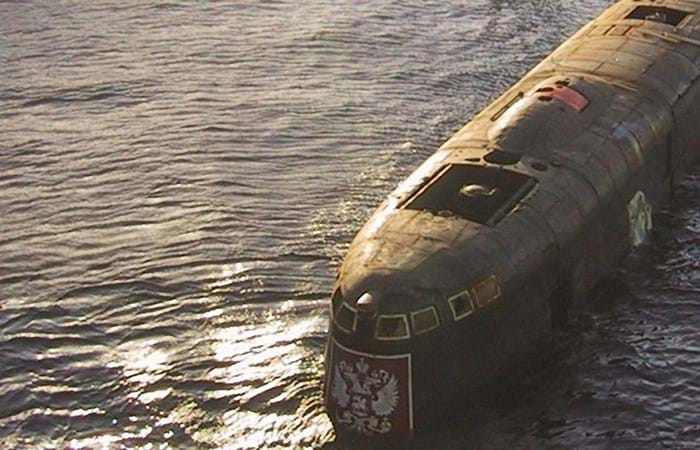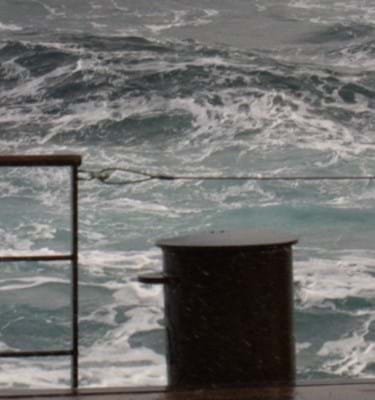Salvage of the Russian nuclear submarine ’Kursk’ and transport of the submarine into a drydock in Murmansk.
An explosion in the bow section of the Russian nuclear submarine 'Kursk' on 12th of August, 2000, resulted in the tragic loss of the submarine and the lives of 118 crew. The submarine was lost some 90 miles off the Murmansk Pilot Station, coming to a rest on the ocean floor at a depth of 108 meters. An international project team of heavy lift, salvage, diving and other specialists were involved in the recovery. The weight of the submarine, when prepared for the main lift, was around 9,000 ton.
The raising of the 'Kursk' created a new world record, as it is the heaviest object recovered from such depths. The operation was performed by Mammoet-SMIT, a 50:50 joint venture between Mammoet and SMIT. SMIT was responsible for all marine activities associated with the recovery of the 'Kursk', including the conversion and deployment of the 24,000 ton deadweight barge Giant 4 - the lifting and transport platform. SMIT also developed and deployed a revolutionary technology to cut the bow off the submarine, a crucial part of the operation. The bow section of the 'Kursk' suffered severe damage during the explosions and had become unstable.
This section could complicate the lifting operation when not separated from the submarine prior to lifting. Thus a specialised saw wire was deployed which was pulled back and forth through the submarine's hull by two hydraulic cylinders on top of two suction anchors placed on both sides of the 'Kursk'. The scope of work performed by Mammoet-SMIT required the cutting of 26 holes into the pressure hull and cutting away the submarine's bow, together with the attachment of lifting cables, the lift of the 'Kursk' to a position immediately under the barge Giant 4, transport of the barge/submarine combination to Murmansk and safe entry into the naval drydock. The Kursk was delivered in the Murmansk drydock on October 22, which marked the end of this memorable salvage operation.
Services
- Marine and salvage consultancy and contingency
- Diving services
- Salvage


